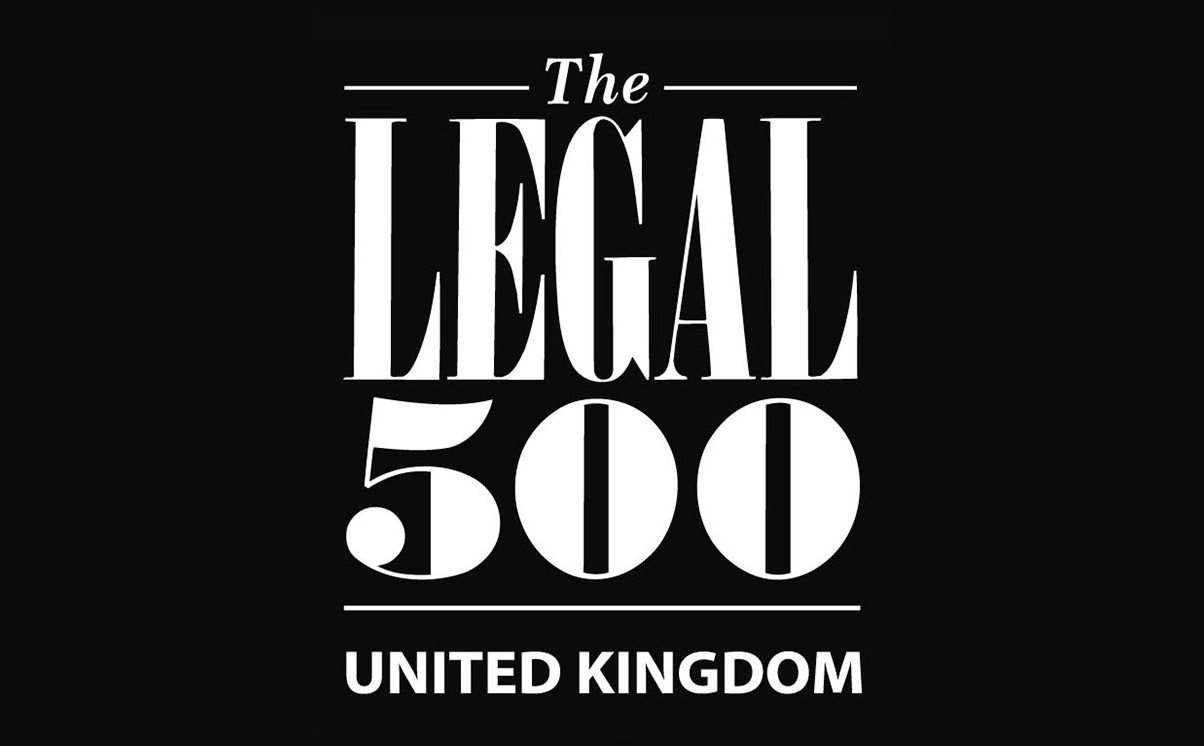Angela Milner (Senior Associate, Knowledge Development Lawyer at Stewarts) discusses the approach taken by the court to Practice Direction 57AC in the recent cases of Lifestyle Equities CV & Anor v Royal County Of Berkshire Polo Club Ltd & Ors [2022] EWHC 1244 (Ch) and Curtiss and others v Zurich Insurance Plc [2022] EWHC 1514 (TCC).
Introduction
Practice Direction 57AC (the “PD”) came into force in April 2021. Since its implementation, the courts have taken a strict approach to compliance, clearly determined to drive cultural change in trial witness statements in the Business & Property courts.
Cases such as Blue Manchester Ltd v Bug-Alu Technic GMBH [2021] EWHC 3095 (TCC) and Greencastle MM LLP v Payne & Ors [2022] EWHC 438 are a good illustration of the lengths that the court will go to in order to ensure compliance with the PD. In these cases, the court ordered that certain witness statements be redone in their entirety as a result of numerous paragraphs failing to comply with the PD. On occasion, the court has gone further and ordered that various sections of a witness statement be struck out for non-compliance (see Primavera Associates Limited-and-Hertsmere Borough Council [2022] EWHC 1240 (Ch)).
However, in Lifestyle Equities CV & Anor v Royal County Of Berkshire Polo Club Ltd & Ors [2022] EWHC 1244 (Ch) and Curtiss and Others v Zurich Insurance Plc [2022] EWHC 1514 (TCC), the blistering judicial commentary is reserved not for the party accused of non-compliance, but for the accuser. This has come as a surprise to many.
Lifestyle Equities CV & Anor v Royal County of Berkshire Polo Club LTD & ORS [2022] EWHC 1244 (CH)
Lifestyle Equities involved a dispute regarding the infringement of trade rights. The claimants applied to have various parts of the defendants’ witness statements struck out because they contained commentary, argument and opinion and thus were not compliant with PD 57AC.
The court refused to strike out any passages in the witness statements. Although there had been some “minor infractions” of PD 57AC, it was not “reasonably necessary to excise any of the paragraphs”. They comprised admissible “trade evidence” and previous case law had made it clear that PD 57AC did not change the law on the admissibility of evidence.
The court also stressed that PD 57AC should not be “taken as a weapon with which to fillet from a witness statement either two or three words at various points, or essentially insignificant failures to comply with PD 57AC in a witness statement”. Rather, parties must adopt a proportionate approach. An application is only warranted where there is a “substantial” breach of PD 57AC. On the facts of the case, no such breach had occurred. Further, although the defendants had strayed into commentary on some documents in an exhibit, this was not the sort of “pointless running commentary on disclosure documents which speak for themselves in the chronology of relevant events”. Rather, the witness had added opinions “of his own” and these opinions were permissible trade evidence. The claimants’ application was dismissed, and the claimants were ordered to pay the defendants’ costs.
Curtiss and others v Zurich Insurance PLC [2022] EWHC 1544 (TCC)
This was a high-value claim involving allegations of misrepresentation and deceit regarding the condition of flats purchased by the claimants.
The defendant alleged that the claimants were in breach of the PD and requested that the court exercise its power to impose sanctions under paragraph 5 of the PD.
The court agreed that there had been numerous breaches of PD 57AC (and went as far as striking out four witness statements in their entirety, as they contained “no relevant evidence” from the witnesses’ personal knowledge and were simply opinion). However, notwithstanding this partial success, the court ordered (i) that the defendant recover zero in relation to its own costs and (ii) that it pay 75% of the claimants’ costs on the indemnity basis.
At first glance, this is a surprising outcome. However, the facts of the case were extreme and, in the view of the court, took the case “well outside the norm”. The following factors were key to the court’s decision:
- Solicitors for the defendant had conducted a line-by-line analysis of every witness statement, raised petty and “absurd” points and set them out in a 109-page schedule;
- The defendant had gone through the witness statements with a “fine-tooth comb” to identify breaches of the PD;
- More than £275,000 worth of fees had been incurred in costs between the parties as a result of the application;
- There was “no rational world” in which the parties should have racked up such significant costs; and
- Although some of the application had merit, “the meritorious points were set in the context of a disproportionate and oppressive schedule” and the majority of the application was “patently” lacking merit. In the words of the judge: “if one makes hundreds of points, there are almost bound to be some good ones… that does not show that the application was justified.”
The court went on to make several important points:
- The imposition of sanctions for breach of the PD should not be used “as a weapon for the purpose of battering the opposition;”
- When assessing how to respond to a failure to comply with the PD, a party must use common sense and have regard to proportionality; and
- The case law has not established a general principle that it is never convenient or appropriate to leave matters of non-compliance with PD 57AC until trial.
A more lenient approach to compliance?
At first glance, it is tempting to wonder whether this may mark the beginning of the courts taking a more lenient approach to the issue of compliance with PD 57AC. However, we would urge restraint in rushing to that conclusion.
Lifestyle Equities was a trade dispute, and it has long been established that opinion evidence (generally prohibited under the PD) can be given in such cases. When one bears that context in mind (together with the ruling in Greencastle MM LLP v Payne [2022] EWHC 438 (IPEC) that PD 57AC does not change the law on admissibility of evidence), the court’s approach to the complaints about opinion evidence is less surprising.
Further, although the outcome in Curtiss appears harsh (it is unusual for a party that has been successful in part to be ordered to pay the costs of the other side on the indemnity basis), it is clear the court regarded the facts of the case (and the conduct of the defendants) as somewhat extreme.
However, what is less clear in light of Lifestyle Equities and Curtis is when and how a party who wishes to complain about failures to comply with PD 57AC should do it.
Traditionally, the courts have stressed the need for parties to raise points at a relatively early stage, in order to avoid disrupting trial preparation. However, the court in Curtiss stressed that case law has not established a general principle that it is never convenient or appropriate to leave matters of non-compliance with PD 57AC until trial. Indeed, the court noted that “we could just as well have done without an application, leaving the points to be dealt with at trial by counsel cross-examining quickly and pertinently on some parts of the evidence, disdainfully ignoring other parts and dealing appropriately with the evidence in submissions”.
In relation to how an application should be made, the court in Lifestyle Equities suggested that applications for breach of PD57AC could be made on the papers. This would provide a mechanism for “dealing with objections in an efficient and cost-effective manner”.
Further clarity on the timing and means of raising complaints about failure to comply with PD 57AC is needed.
Practical Implications
In my view, the main takeaway points for practitioners are:
- Substantial breaches of the PD are still likely to be taken seriously (and parties should continue to draw them to the attention of the court);
- However, parties must adopt a common sense and proportionate approach;
- Parties who use PD 57AC purely as a means of “battering the opposition” may find themselves subject to an adverse costs order (potentially on the indemnity basis); and
- One must resist the temptation to bring an application for the sake of it (and should exercise restraint when it comes to costs, even in the most legitimate of applications).
In short, as was made clear in Curtiss, the application must be “worth the candle”.
You can find further information regarding our expertise, experience and team on our Securities Litigation pages.
If you require assistance from our team, please contact us or alternatively request a call back from one of our lawyers by submitting this form.
Subscribe – In order to receive our news straight to your inbox, subscribe here. Our newsletters are sent no more than once a month.


